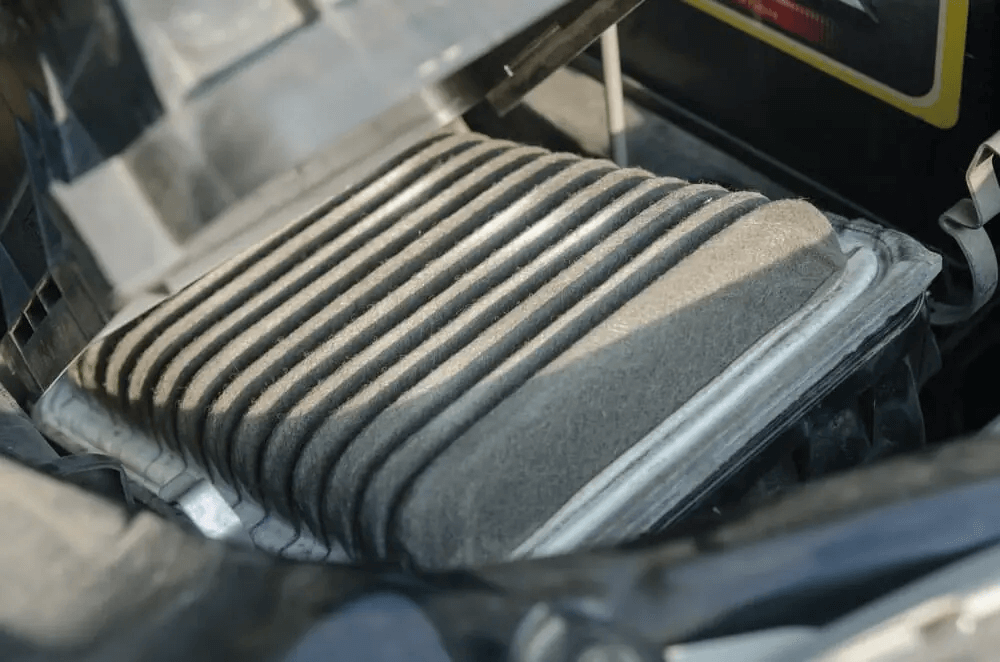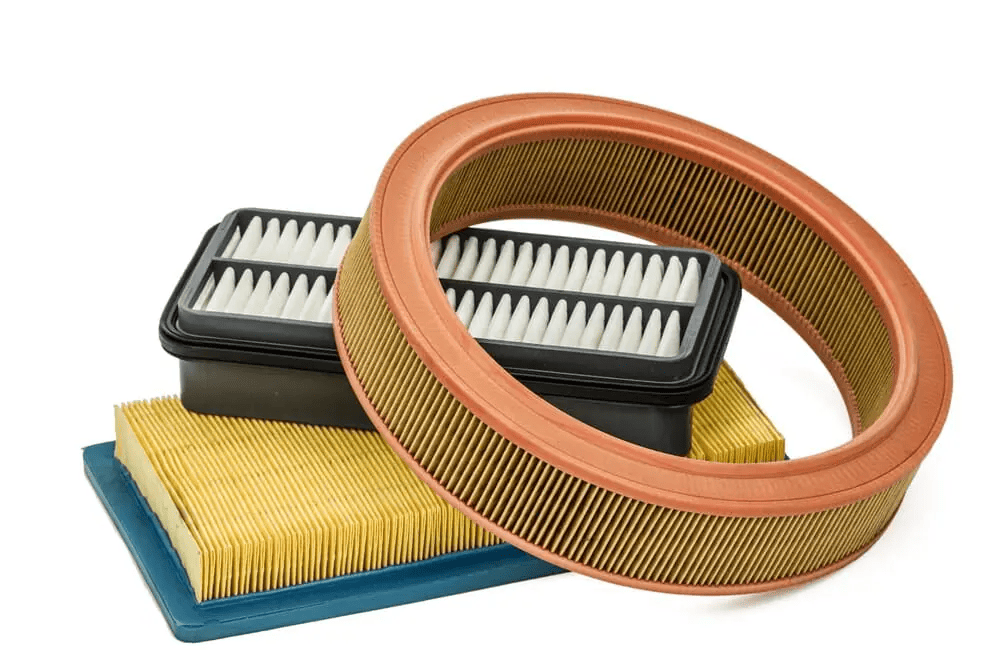
The cabin air filter in your car is responsible for keeping the air inside your vehicle clean and free of pollutants.
The filter gathers dust, pollen, and other airborne particles and prevents them from entering the cabin of your car. Over time, the cabin air filter will become clogged with debris and will need to be replaced.
The interval for replacing the cabin air filter depends on the model and year of your vehicle. Most carmakers recommend changing the cabin air filter every 15,000 to 30,000 miles, or once a year, whichever comes first. Considering how cheap it is, a lot of people change it together with the oil filter.
Besides the miles and time, other factors can affect how often you need to replace your cabin air filter. Driving conditions, vehicle usage, filter duration, and time of the year are some examples of the aspects you will consider while deciding how often you change the cabin air filter.
What Is Cabin Air Filter
Car manufacturers aim to keep all air coming in through the vents inside the vehicle clean. Hence the use of the cabin air filter which is a replaceable filter that helps remove these pollutants from the air before they enter the cabin of your car.
A cabin air filter is usually located behind the glove box or under the hood. The specific location depends on the make and model of your car. Once you find the filter, you can check its condition to see if it needs to be replaced.
The cabin filter is made of pleated paper and is usually about the size of a deck of cards.
How It Works

The cabin air filter forms part of the heating ventilation and air conditioning (HVAC)system. As recirculated air from the cabin passes through the filter, any airborne particles larger than 0.001 microns such as pollen, dust mites, and mold spores are captured.
The filter is made up of different layers of materials that capture these particles. The first layer is usually a coarse mesh that captures the larger particles. succeeding layers are made up of progressively finer mesh to capture smaller and smaller particles.
The final layer is often an activated charcoal layer that helps remove any odors from the recirculated cabin air.
Post time: Jul-13-2022
